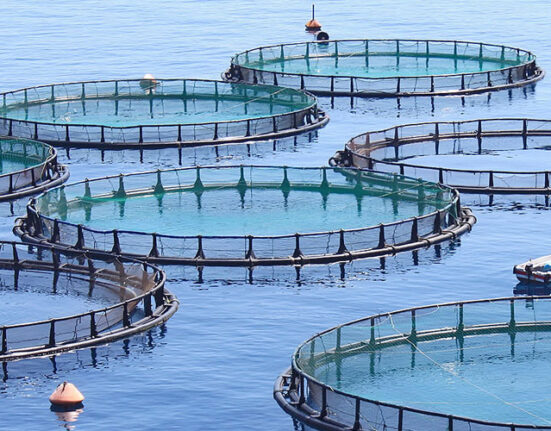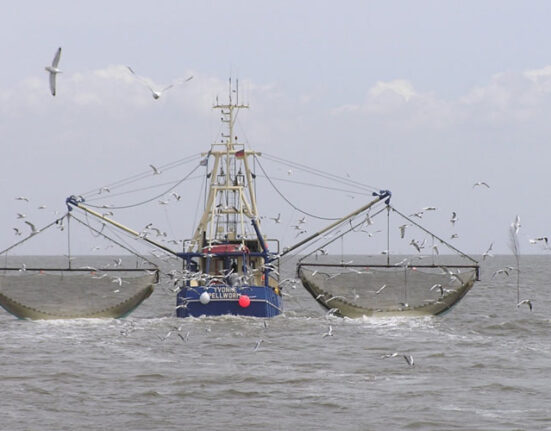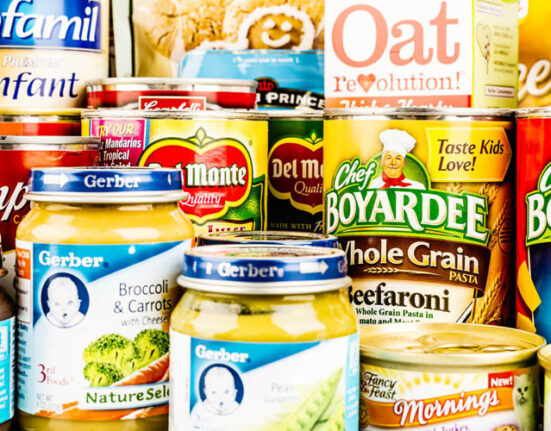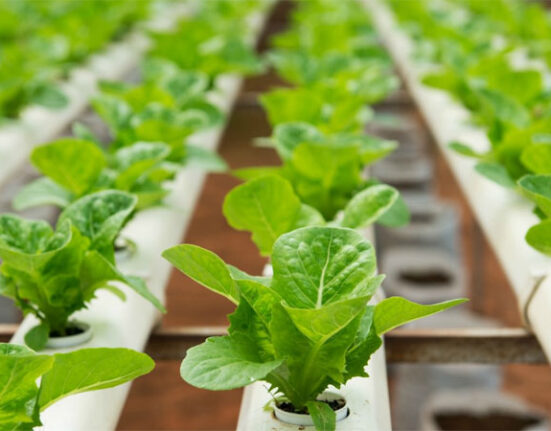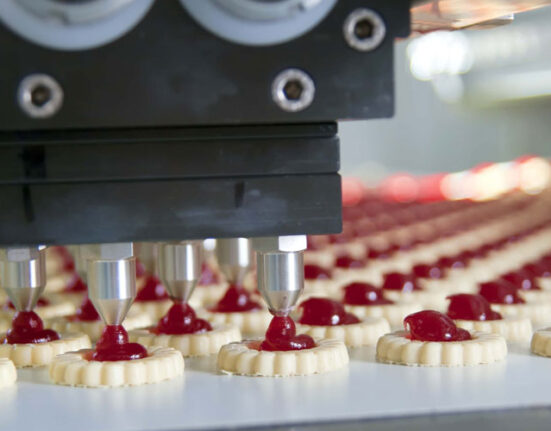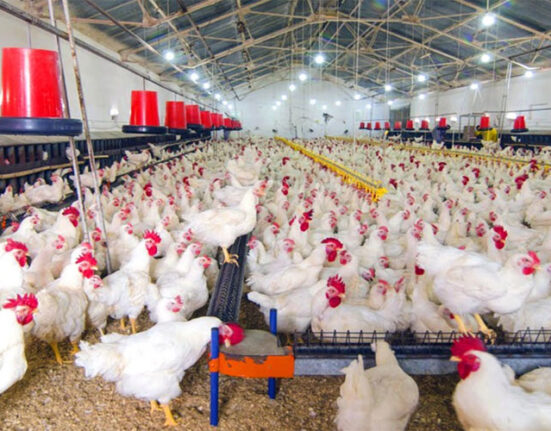A 2015 article reported that Bahrain's heavy reliance on poultry imports due to subsidy cuts resulted in a crisis among Bahraini poultry farmers. As will be shown in the graphs below, Bahrain imports 90% of its chicken. With subsidy cuts by the Bahraini government, local chicken prices have increased. As a result, alternative chicken brands such as that provided by Saudi, have monopolised Bahrain’s local market.
Unlike Bahrain, the Saudi government provides farmers with subsidised resources and free land, and, thus, are able to supply their chicken for much cheaper than Bahrain - hence, the competition between the two types of brands. Thus, what becomes clear is that the rise in Bahraini chicken prices due to subsidy cuts implemented by the government, has led to a higher demand for cheaper alternatives - which is why Bahrain heavily relies on poultry imports.
In fact, due to a government regulation declaring that all chicks must be vaccinated twice during its early days of birth, there is a risk of Bahraini eggs experiencing an overdose, reducing its life expectancy and, in turn, the supply of chicken in Bahrain.



